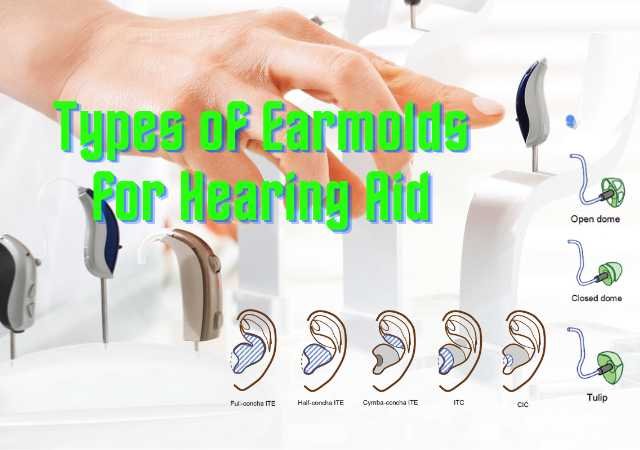Motor Speech Disorders: Definitions and Classification: Motor Speech Disorders can be defined as speech disorders resulting from neurologic impairments affecting the planning, programming, control or execution of speech.
Types of Motor Speech Disorders
There are two types of motor speech disorders:
- Dysarthria and
- Apraxia of Speech.
Dysarthria
Dysarthria is a collective name for a group of neurologic speech disorders that reflect abnormalities in the strength, speech, range, steadiness, tone or accuracy of movements required for the breathing, phonatory, resonatory, articulatory, or prosodic aspects of speech production.
This definition explicitly recognizes or implies the following:
- Dysarthria is neurologic in origin
- It is a disorder of movement
- It can be categorized into different types, each type characterized by distinguishable perceptual characteristics and, presumably, a different underlying neuropathophysiology.
Types of Dysarthria
DAB (Darley, Aronson, and Brown) studied six major types of dysarthria:
- Flaccid Dysarthria
- Spastic Dysarthria
- Ataxic Dysarthria
- Hypokinetic Dysarthria
- Hyperkinetic Dysarthria
- Unilateral Upper Motor Neuron Dysarthria
- Mixed Dysarthria
Flaccid Dysarthria
Flaccid Dysarthrias are a perceptually distinct group of motor speech Disorders (MSDs) caused by injury or disease of one or more cranial or spinal nerves. They reflect problem in the nuclei, axons or neuromuscular junctions that make up the motor units of the final common pathway (FCP), and the manifest in any or all of the respiratory, phonatory, resonatory, and articulatory components of speech.
Spastic Dysarthria
Spastic Dysarthria is a type of dysarthria associated with bilateral upper motor lesion and characterized by imprecise articulation, monotonous pitch and loudness, and poor prosody; muscles [can be] stiff and move sluggishly through a limited range; speech is labored and words may be prolonged. (Nicolosi, Harryman, & Kresheck, 1983).
Spastic dysarthria is predominantly a problem of neuromuscular execution, as opposed to planning, programming, or control.
Ataxic Dysarthria
Ataxic Dysarthria is a disorder of sensorimotor control for speech production that results from damage to the cerebellum or to its input and output pathways. The dragging and blurred quality of ataxic dysarthria speech has sometimes been likened to “drunken speech.” (Cannito & Marquardt, 1997).
Hypokinetic Dysarthria
Hypokinetic Dysarthria is a perceptually distinguishable motor speech disorder associated with basal gangliaBasal ganglia is several nuclei in the diencephalon, near the thalamus. They are responsible for regulation of major muscle groups that make postural adjustments and compensate for inertial forces during movement. Depending on who is writing about them, the basal ganglia include the caudate nucleus, putamen, globus pallidus, subthalamic nucleus, and substantia nigra. Reference: Introduction to Neurogenic Communication Disorders (Eighth... More control circuit pathology. It may be manifest in any or all of the respiratory, phonatory, resonatory, and articulatory level of speech, but its characteristics are most evident in voice, articulation, and prosody. This disorder reflects the effects of rigidity, reduced force and range of movement, and slow but sometimes fast repetitive movements on speech (Duffy, 2013).
Hyperkinetic Dysarthria
Hyperkinetic Dysarthrias are a perceptually distinguishable group of motor speech disorders that are most often associated with diseases of the basal gangliaBasal ganglia is several nuclei in the diencephalon, near the thalamus. They are responsible for regulation of major muscle groups that make postural adjustments and compensate for inertial forces during movement. Depending on who is writing about them, the basal ganglia include the caudate nucleus, putamen, globus pallidus, subthalamic nucleus, and substantia nigra. Reference: Introduction to Neurogenic Communication Disorders (Eighth... More control circuit. They may be manifest in any or all of the respiratory, phonatory, resonatory, and articulatory levels of speech, and they often have prominent effects on prosody and rate. (Duffy, 2013).
Hyperkinetic means “too much movement
Unilateral Upper Motor Neuron Dysarthria
Unilateral Upper Motor Neuron Dysarthria is a motor speech disorder caused by damage to the upper motor neurons that supply cranial and spinal nerves involved in speech production, the dominant speech problem is imprecise productions of consonants, but slow diadochokinesis and voice disorder also commonly occur. (Singh & Kent, 2000)
Mixed Dysarthria
Mixed Dysarthria is a type of motor speech disorder that is a combination of two or more pure dysarthrias; the neuropathology is varied, depending on the types of dysarthria that are mixed; causes frequently include multiple strokes or neurological diseases; speech disorders are varied and dependent on the types of pure dysarthria that are mixed. (Singh & Kent, 2000).
Mixed dysarthrias represent a heterogeneous group of speech disorders and neurologic diseases.
Apraxia of Speech
Apraxia of Speech (speech apraxia, verbal apraxia, acquired apraxia) AOS is a neurologic speech disorder that reflects an impaired capacity to plan or program sensorimotor commands necessary for directing movements that result in phonetically and prosodically normal speech. It can occur in the absence of physiologic disturbances associated with the dysarthrias and in the absence of disturbance in any component of language. (Duffy)
References:
⇒ Motor Speech Disorders: Substrates, Differential Diagnosis and Management – Joseph R. Duffy (Book)
⇒ Motor Speech Disorders: Diagnosis and Treatment – Donald B. Freed (Book)
You are reading about:
Motor Speech Disorders: Definitions and Classification







General, speech and feeding related characteristics of acquired dysarthria with and without genetic underpinnings